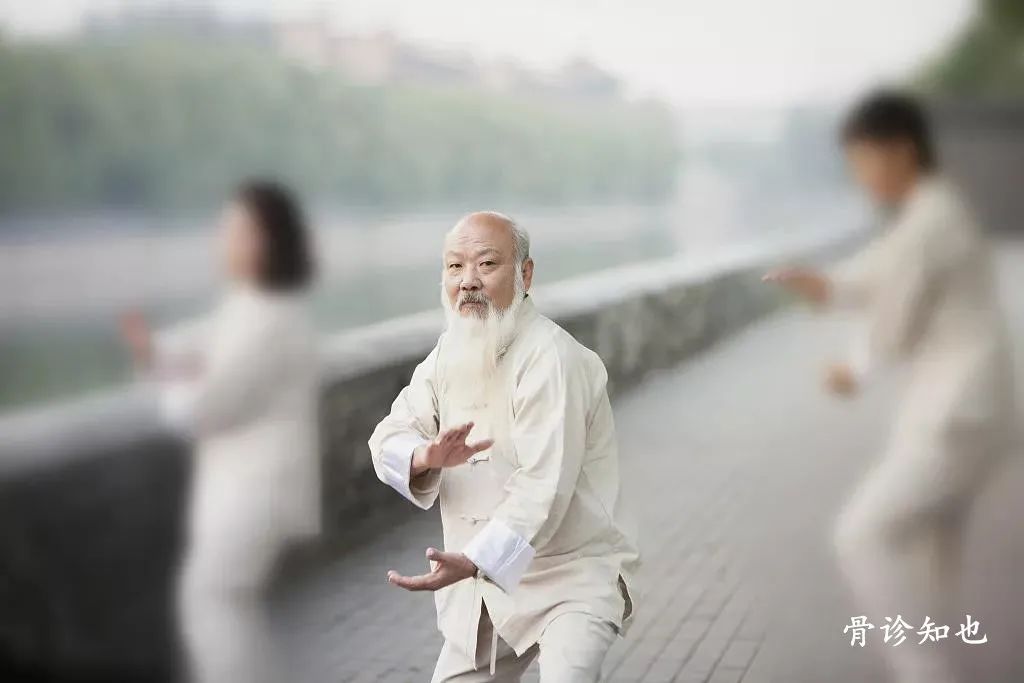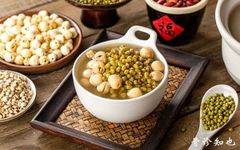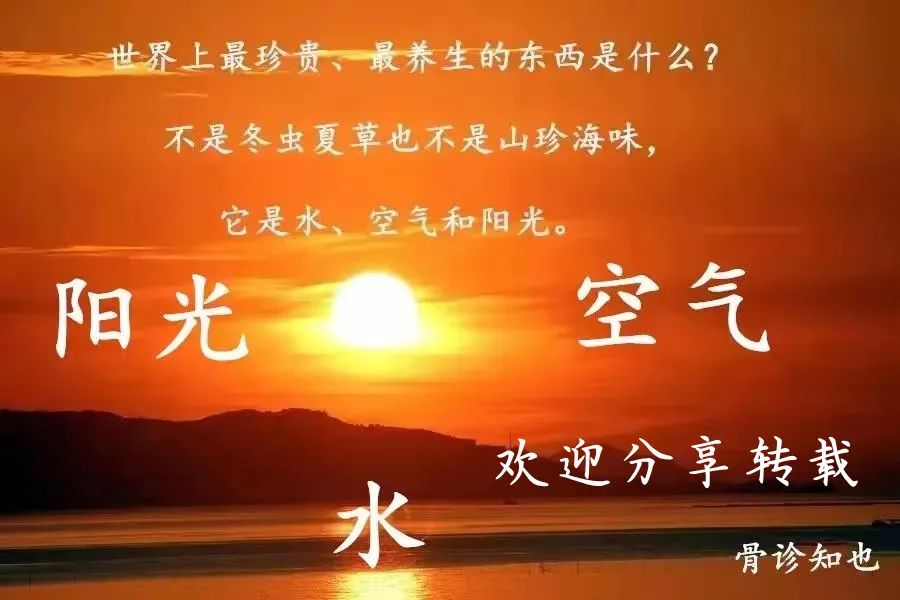
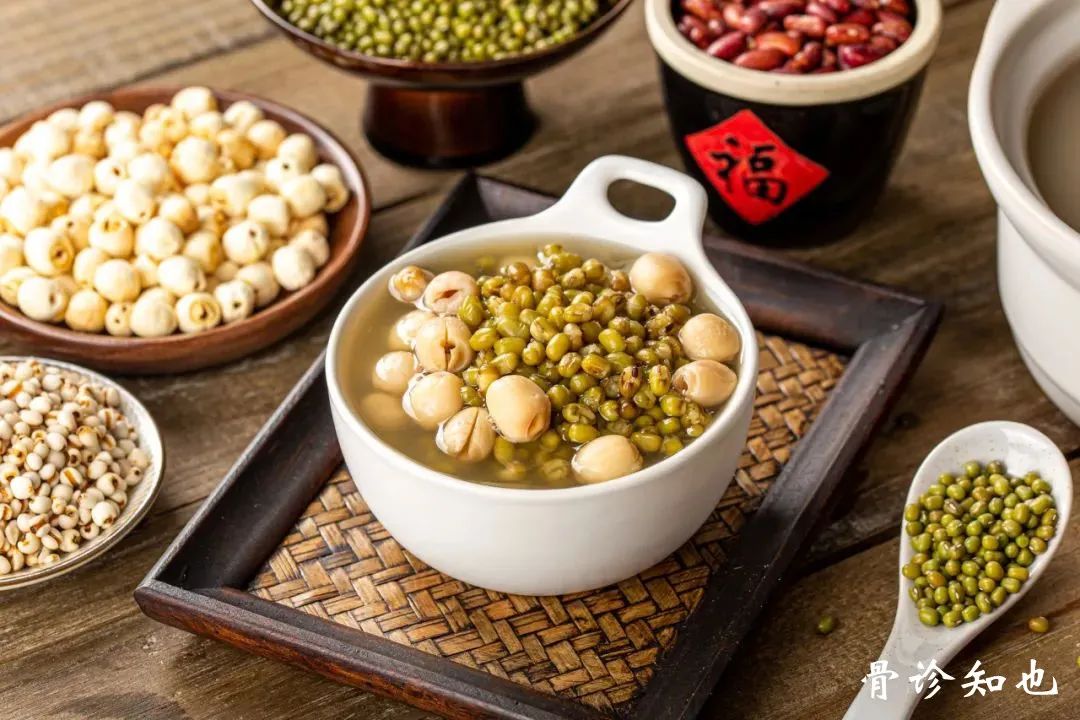
The spleen and stomach refer to the Spleen Meridian (脾经, Pí jīng) and Stomach Meridian (胃经, Wèi jīng). Traditional Chinese Medicine (TCM) holds that the spleen and stomach belong to the Earth element (土, Tǔ) and are part of the Middle Jiao (中焦, Zhōng jiāo), serving as the “source of Qi and blood production”. They share the important role of transforming food into Qi and blood, which is the foundation of postnatal life. After birth, a person requires a significant amount of energy, which is derived from food, but this transformation into Qi and blood energy can only occur when the spleen and stomach work together.
In TCM, the Earth element (土, Tǔ) is central, associated with the spleen. Healthy soil nourishes all living things. The spleen and stomach are both considered the “source of Qi and blood production”, meaning that the body’s Qi and blood (equivalent to what we refer to as energy) are transformed from food by the spleen and stomach. The saying that the spleen and stomach are the “foundation of postnatal life” emphasizes their fundamental role in human survival.
As a person grows, they require a large amount of energy for learning, work, and recreation, all of which must come from food. However, the spleen and stomach must work together to properly transform this food into Qi and blood energy.
Ten Steps to Regulate the Spleen and Stomach
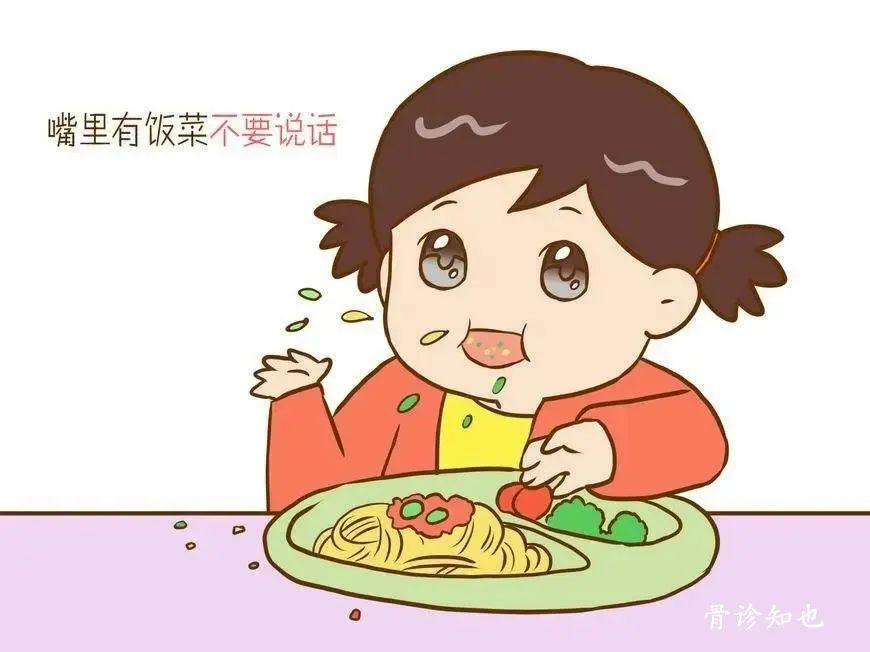
The spleen and stomach are the foundation of postnatal life and must not be harmed. If they are damaged, recovery will be slow and difficult. Below are some methods for daily regulation of the spleen and stomach for your reference.
1Regular Eating Habits: Timely and Moderate, Chew Slowly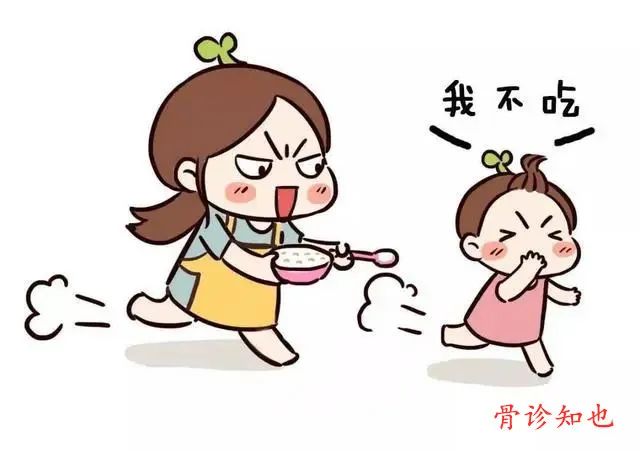
This is the first step in maintaining the spleen and stomach, especially for those with pre-existing stomach issues, who should avoid spicy, stimulating, and cold foods.
Additionally, it is important to eat at regular times, avoid overeating, and do not eat while standing or walking. Discussions or arguments should be avoided during meals.
2Take a Slow Walk After Meals
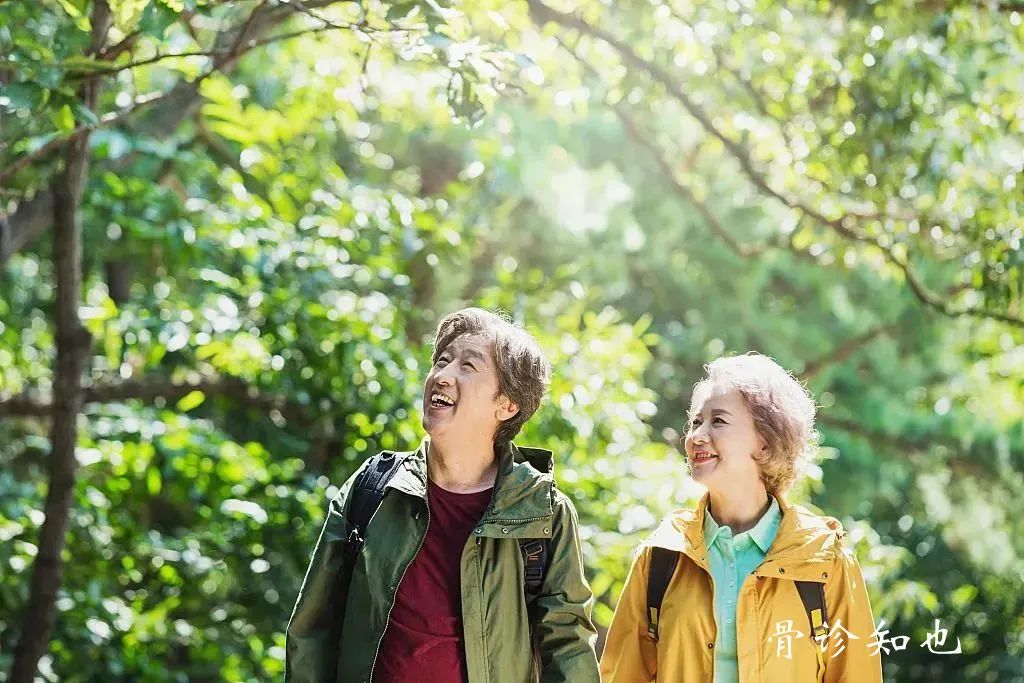
Daoist medicine advocates the concept of movement to assist the spleen; walking after meals helps enhance spleen and stomach function and promotes digestion.
However, this does not mean to walk immediately after eating; one should rest for at least 10 minutes before walking. If one has overeaten, the rest period should be extended, and vigorous exercise should be avoided within half an hour after meals.
3Massage the Dai Mai (Belt Vessel)
The spleen governs transportation and transformation; if the spleen and stomach are weak, they will not function effectively, leading to stagnation of dampness in the body. Massaging the Dai Mai can strengthen the spleen Yang and invigorate the Yang Qi of the gallbladder meridian on both sides of the abdomen, quickly dispersing the accumulated dampness in the lower abdomen.
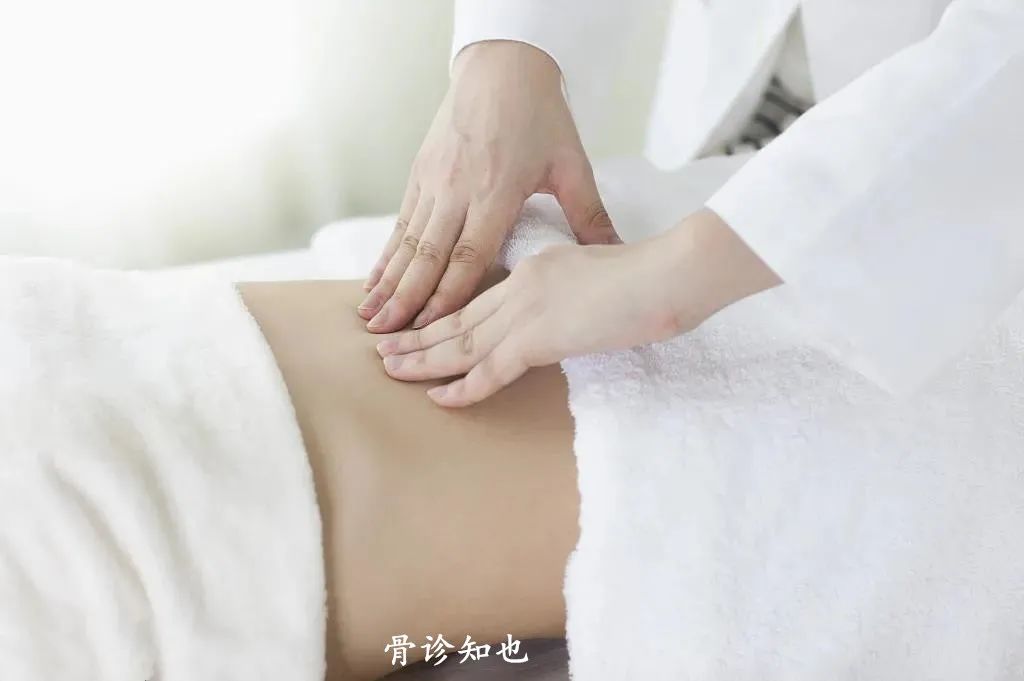
If you feel that the pressure from the massage is insufficient, you can also use a fist to tap the area, which is also very effective for treating constipation and can yield immediate results!
4Hiking
In the Huangdi Neijing (黄帝内经, Huángdì Nèi jīng), it is stated that “the Qi of grains connects to the spleen”. The Tang dynasty physician Wang Bing explained this as the emptiness of grains being received by the spleen.
In modern terms, hiking not only exercises the muscles and bones but also promotes sweating, which is a good method for expelling internal dampness.
5Tiptoe Exercises

This involves standing on your toes with your heels raised as high as possible. The stomach meridian passes between the second and third toes, and the original point of the stomach meridian is located at the joints of the toes. For those with weak gastrointestinal function, regular toe exercises are beneficial.
You can walk on your toes or try standing on your toes for about ten minutes. Remember to raise your heels as high as possible for better results!
6Abdominal Pushing Technique
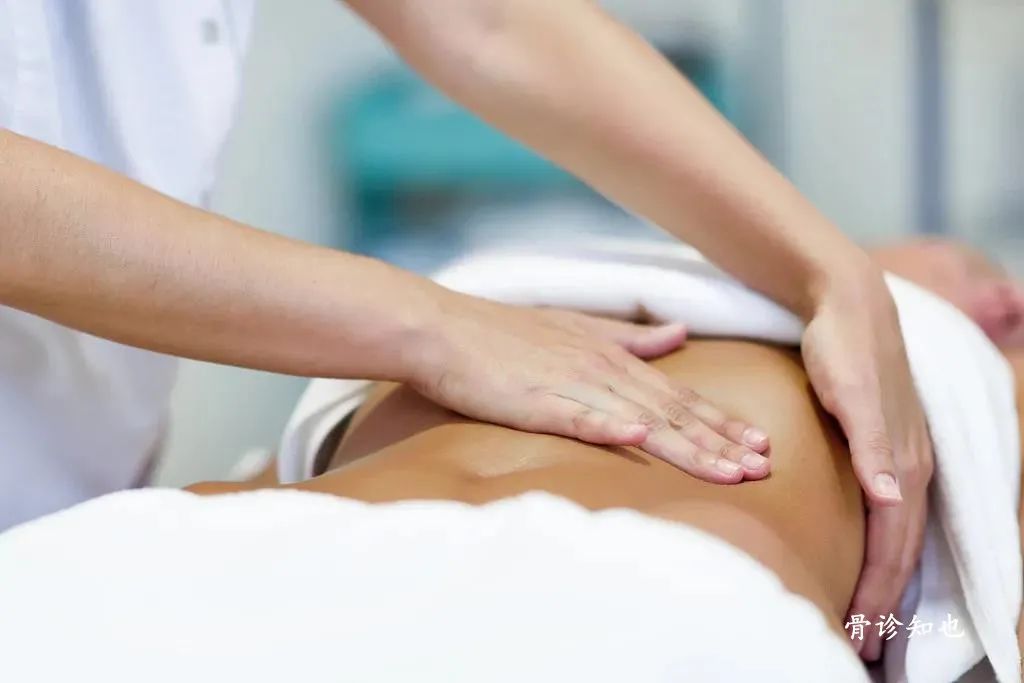
Most chronic diseases can be addressed through this method, as it helps eliminate the three types of turbidities (waste water, waste gas, and feces) from the body, which are the main culprits of illness.
Thus, the ancients often said, “The great way is extremely simple”; once the principles are understood, solving problems becomes easier. There are countless methods to solve issues, but that pertains to the “technique” level!
It is important to note that while massage can be effective for functional gastrointestinal disorders, it is essential to seek timely medical treatment for organic diseases such as tumors or ulcers to avoid delaying treatment.
7Kneeling Technique
This method can promote the downward flow of Qi and blood, allowing Qi and blood to circulate in the stomach meridian, thus greatly benefiting stomach function. Of course, the benefits of this technique extend beyond this, and you will discover them if you persist in practicing it for a while.
8Spinal Pinching Technique
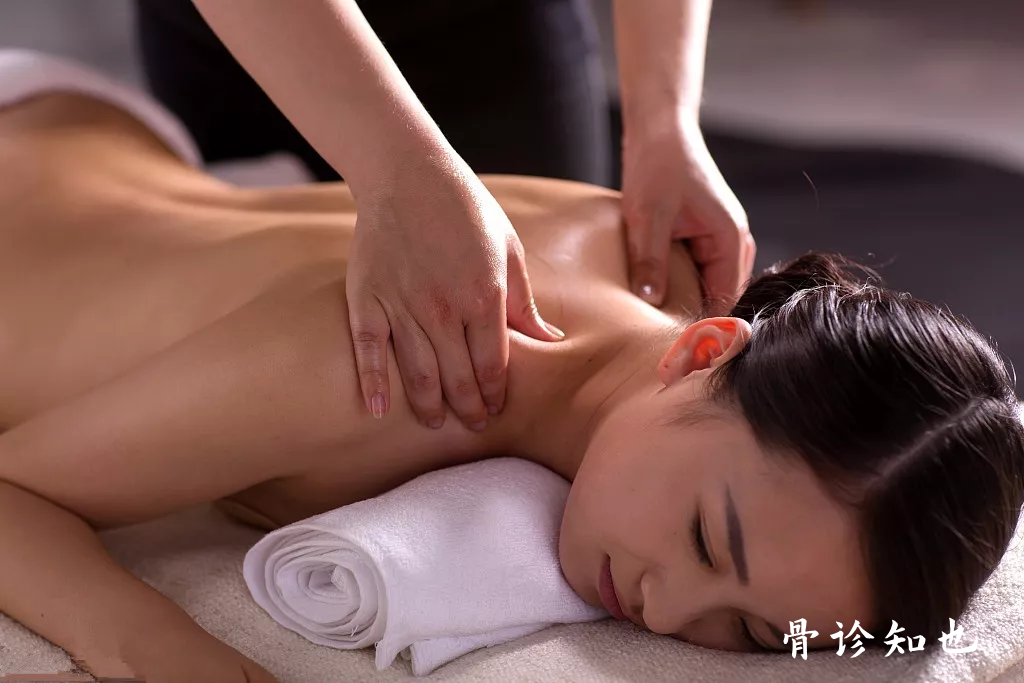
In simple terms, this involves pinching along the spine from the tailbone to the neck.
When pinching, there is no need to focus on acupoints, as the sides of the spine are where the Governing Vessel (督脉, Dū mài) and Bladder Meridian (足太阳膀胱经, Zú tàiyáng pángguāng jīng) run. Pinching the spine can provide comprehensive health benefits.
It can strengthen the spleen and stomach, regulate the internal organs, and smooth the flow of Qi.
9Saliva Swallowing Health Method
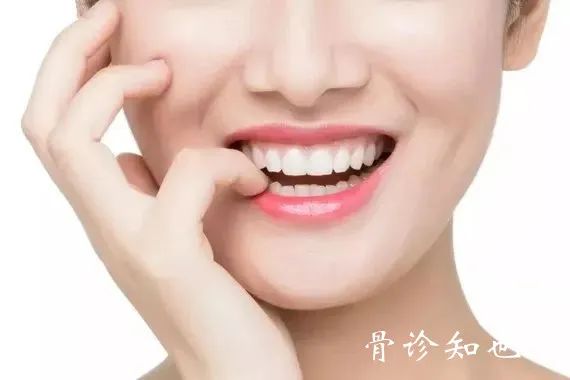
Saliva is actually the best tonic for the spleen and stomach. TCM believes that saliva can “moisten the five organs, beautify the skin, strengthen teeth, enhance bones, and promote Qi and blood circulation, extending life”. Laozi from the Spring and Autumn period believed that while elixirs are good, one’s own bodily fluids are more important. Ancient health expert Tao Hongjing also stated, “Those who consume the jade spring can extend their life and eliminate hundreds of diseases.”
Swallowing saliva, also known as “Red Dragon Churning the Sea”, was referred to in ancient times as “Golden Saliva and Jade Liquid”, and is a method for strengthening the body. The smaller the health method, the more remarkable the effects when practiced consistently, yet these simple methods are often overlooked.
Method:Move the tongue in the mouth while tapping the upper and lower teeth together to fill the mouth with saliva, then swish it around and swallow in three parts. When swallowing, make a gurgling sound.
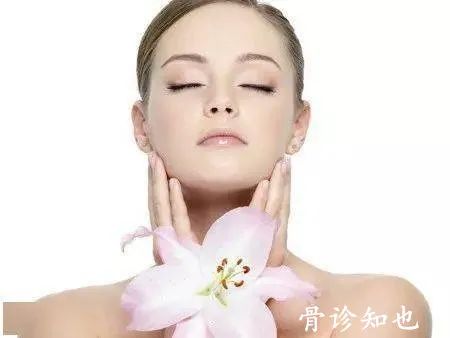
The purpose of swishing is to create bubbles in the saliva, and swallowing this liquid is equivalent to taking in Qi. This can increase the oxygen molecules in the blood and prevent the brain from lacking oxygen.
This method can also alleviate motion sickness; for those who feel unwell while traveling, continuously swallowing saliva as described can help shift focus and relieve tension, achieving a state of tranquility and mental clarity. It can also help with insomnia; for those who have trouble sleeping, following this method of tapping teeth and swallowing saliva can help focus the mind and promote restful sleep.
10Stretching Muscles
The liver, spleen, and kidney meridians all pass through the thighs, so stretching these muscles is very effective for regulating these three meridians. Personally, I find that the best method is to stretch while lying down, as it yields more significant results!
Moxibustion Therapy
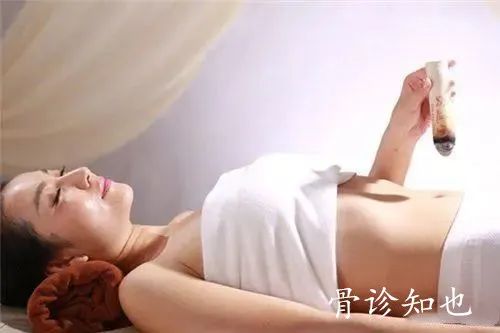
1Moxibustion on the Navel
The navel, also known as Shenque (神阙穴, Shénquè xué), is the point where the umbilical cord connects and is a key acupoint on the Ren Meridian (任脉, Rèn mài). The fetus relies on the umbilical cord for nutrition in the womb, similar to how a stem provides nourishment; it is the only pathway for nutrient absorption. We can also understand it as a crucial point connecting the innate and acquired aspects of the human body.
The so-called Shenque refers to the place where the original spirit enters and resides, holding a very important position. In fact, the Shenque point is also the gateway for the heart and kidney to communicate; the heart houses the spirit, and the kidney houses the will, both of which are vital organs.
The heart belongs to fire, while the kidney belongs to water; if water and fire cannot communicate and balance, it will lead to imbalances in Yin and Yang, resulting in various diseases.
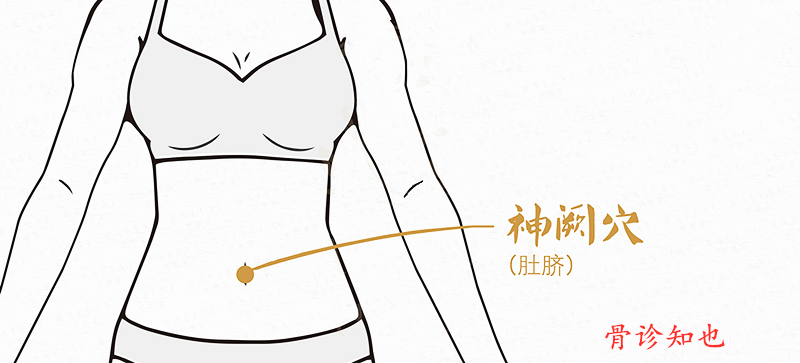
The Shenque point on the navel is the core of the abdomen and has excellent regulating effects on abdominal diseases, such as early morning diarrhea, chronic diarrhea, and post-urinary retention.
Modern individuals often suffer from spleen and stomach deficiency, primarily due to spleen Yang deficiency. Moxibustion is one of the best methods to tonify Yang, so moxibustion on the Shenque can help regulate spleen Yang deficiency.
Direct moxibustion on the navel (Shenque point) involves using three or five-year-old moxa to perform suspended moxibustion above the navel.
During leisure time or while bored in a vehicle, try pressing the Shenque point with your fingers; while the effect may not be as strong as moxibustion, consistent practice will yield good results.
2Moxibustion on Zusanli
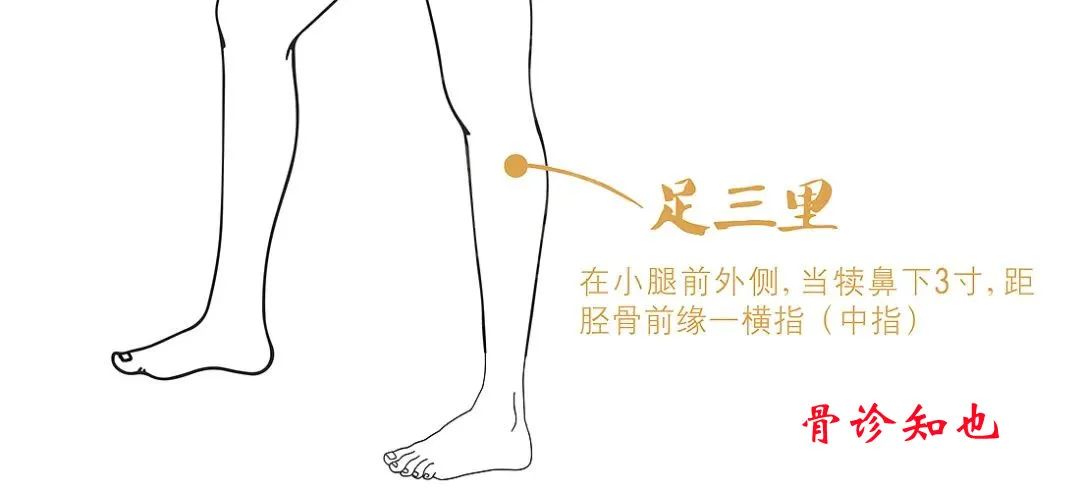
Zusanli (足三里, Zú sān lǐ) is a major acupoint on the stomach meridian. Moxibustion for ten minutes daily will surely promote longevity.
If you don’t believe me, I’ll bet you a dollar. Of course, you can also use acupuncture instead of moxibustion. The saying “Needle must be at three miles, moxibustion must be at Guanyuan” refers to this.
Clinically, it has been found that nearly 90% of eczema patients have spleen deficiency. Daoist medicine suggests that tonifying spleen deficiency is best achieved by stimulating the Pishu point (脾俞穴, Pí shū xué), which is the acupoint where the spleen’s essence is transmitted to the back and is directly connected to the spleen, so stimulating Pishu can quickly restore spleen function.
The best way to stimulate the Pishu point is through cupping, followed by moxibustion. Early spring and late autumn are suitable for cupping; around 8 PM, apply cupping to both sides of the Pishu point for 15 minutes, and after removing the cups, drink a small cup of warm water.
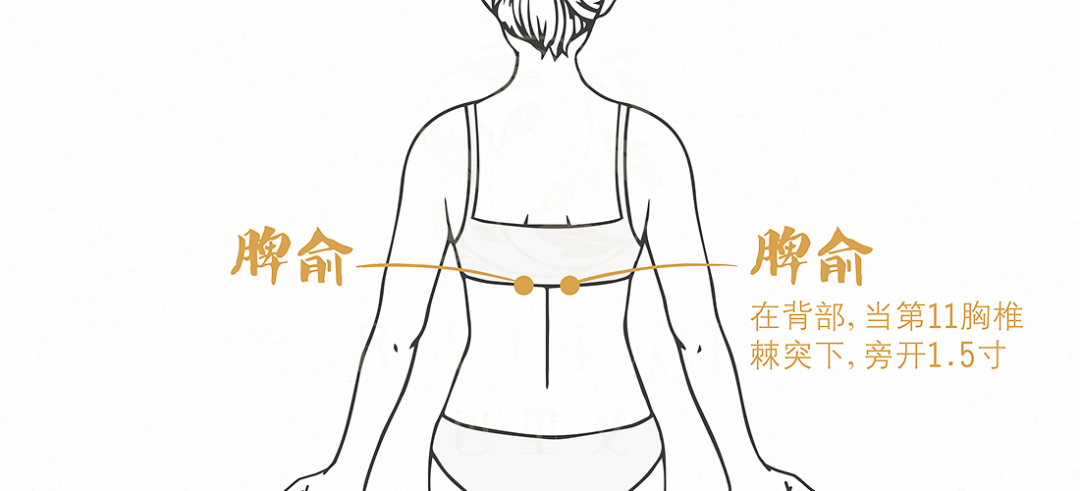
Maintaining the Spleen and Stomach
1. Emotional factors greatly influence appetite, digestion, and absorption.
2. Dietary regulation is key to maintaining the spleen and stomach. Therefore, meals should be regular, with set times and portions, avoiding overeating.
3. Pay attention to temperature. As the saying goes, “Nine out of ten stomach diseases are due to cold.”
4. Engage in appropriate physical activities regularly, such as walking, jogging, practicing Tai Chi, or doing Qigong.
